-
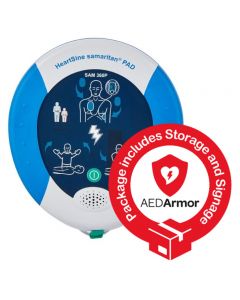 HeartSine samaritan PAD 360P Fully Automatic with AED Armor Cabinet
HeartSine samaritan PAD 360P Fully Automatic with AED Armor CabinetFrom £1,404.00 £1,170.00
To £1,464.00 £1,220.00
-
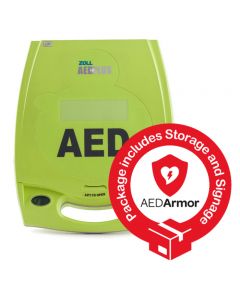 ZOLL AED Plus Fully Automatic with AED Armor Cabinet
ZOLL AED Plus Fully Automatic with AED Armor CabinetFrom £1,564.80 £1,304.00
To £1,624.80 £1,354.00
-
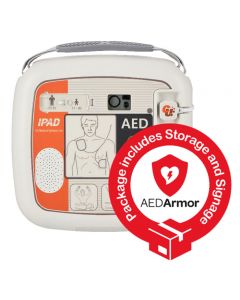 CU Medical Systems iPAD SP1 Fully Automatic with AED Armor Cabinet
CU Medical Systems iPAD SP1 Fully Automatic with AED Armor CabinetFrom £1,608.00 £1,340.00
To £1,668.00 £1,390.00
-
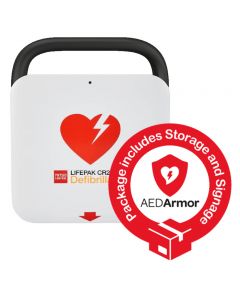 Physio Control LIFEPAK CR2 Semi Auto USB with Handle and AED Armor Cabinet
Physio Control LIFEPAK CR2 Semi Auto USB with Handle and AED Armor CabinetFrom £1,647.60 £1,373.00
To £1,707.60 £1,423.00
-
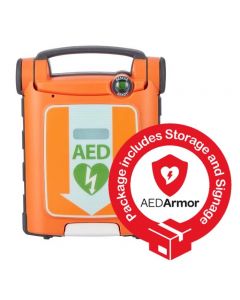 Cardiac Science Powerheart G5 Fully Automatic with ICPR and AED Armor Cabinet
Cardiac Science Powerheart G5 Fully Automatic with ICPR and AED Armor CabinetFrom £1,791.60 £1,493.00
To £1,851.60 £1,543.00
-
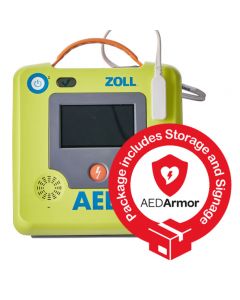
-
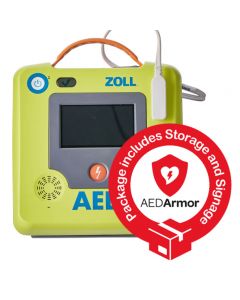
-
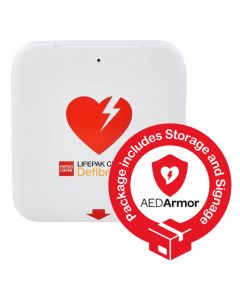 Physio Control LIFEPAK CR2 Fully Automatic WIFI with AED Armor Cabinet
Physio Control LIFEPAK CR2 Fully Automatic WIFI with AED Armor CabinetFrom £2,368.80 £1,974.00
To £2,428.80 £2,024.00
Not what you’re looking for? Use our Product Finder
 On average, it takes 11 minutes for an ambulance to arrive at a Cardiac emergency in an urban area.
On average, it takes 11 minutes for an ambulance to arrive at a Cardiac emergency in an urban area.
Ensuring there are accessible defibrillators in the area you live enables any responder to deliver potentially life-saving treatment prior to the emergency services arriving. This significantly increases the casualty's chance of survival from 6% to 74%.
Without treatment, the chance of survival decreases by 10% per minute. Equipping your community with a defibrillator allows you to act effectively and confidently in the event of an emergency.
More Information
To learn more about our Community packages get in touch with our friendly & knowledgable team by calling 0161 776 7422. Alternatively, fill out our Contact Us form and we'll respond to you as soon as possible.
What is a community defibrillator?
A community Public Access Defibrillator (cPAD) is often located in an external specialised wall cabinet in an easily accessible area. The cPAD is a defibrillator purchased and accessible to a local community.
How do the general public access community defibrillators?
When looking for a community defibrillator, individuals should seek out the nearest cPAD. Cabinets are secured with a key code and are only accessible by dialling 999, they will provide you with the means to unlock the cPAD.. This ensures the defibrillator is kept safe and secure until it is needed. By having access to an AED 24 hours a day, your community, residents, and visitors are living within a heart-safe environment.
Can the public use a defibrillator?
Yes. The purpose of any community defibrillator is to provide the general public with the means to save a life. You do not need to be trained to use a defibrillator, anyone can use one. Each model has a set of clear verbal instructions that need to be followed, they guide a user through the process, including how to attach the defibrillator pads, assess the heart rhythm and deliver a shock if required.
Who is responsible for maintaining a community defibrillator?
Once a defibrillator is purchased, the unit should be assigned a ‘Guardian’; this may be a local councillor, mayor, or community member. Their responsibility is to carry out regular checks ensuring the defibrillator is ready to use in the event of an emergency.

